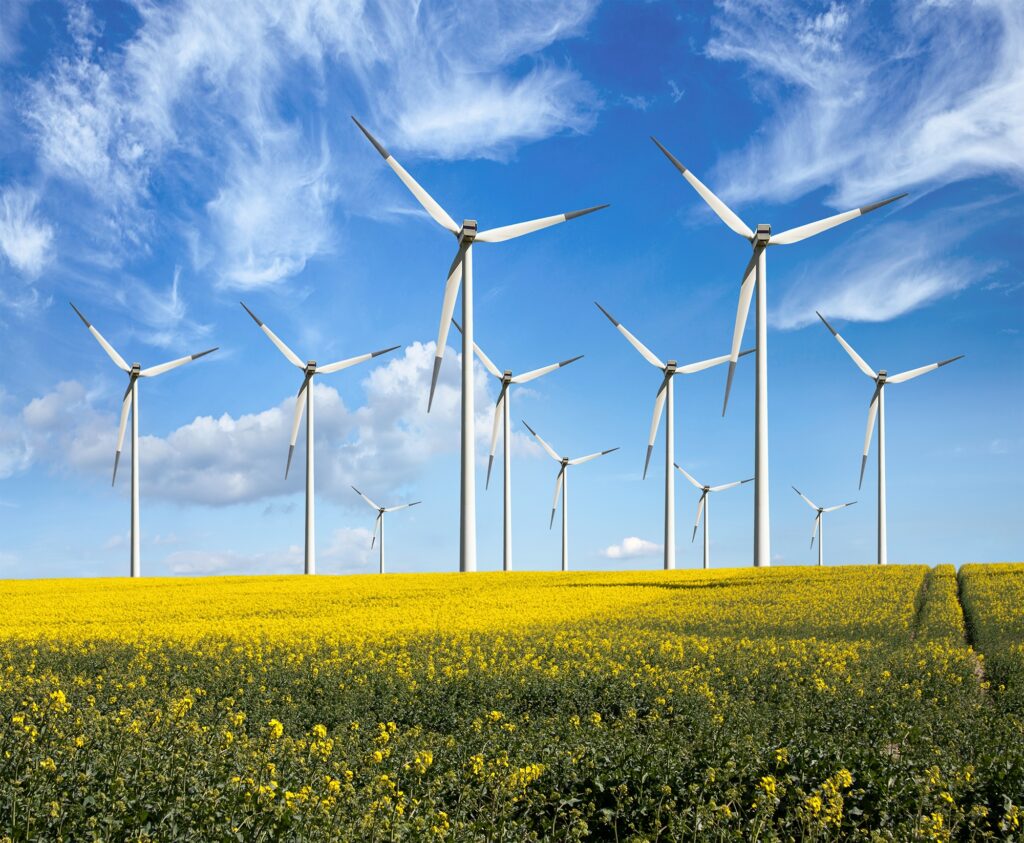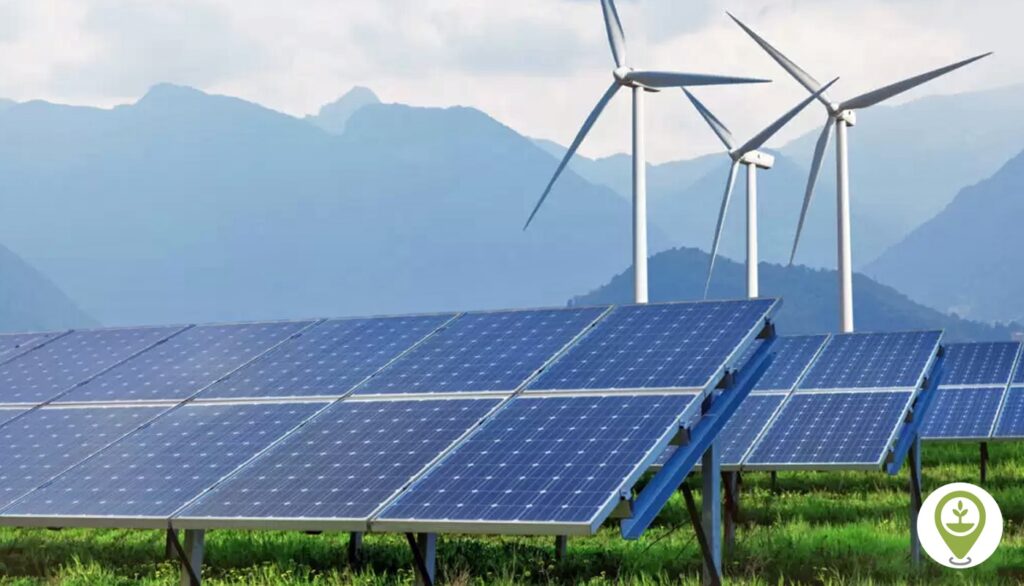.jpg)
In a world rapidly advancing technologically, the search for efficient and sustainable energy sources has become more imperative than ever. One such energy source that has gained significant attention is hydroelectricity. Harnessing the power of flowing water to generate electricity, hydroelectricity offers a range of benefits, from reducing carbon emissions to providing reliable power generation. In this article, we delve into the intricacies of hydroelectricity, its environmental impact, and its potential to shape our energy future.
Introduction to Hydroelectricity
Hydroelectricity, often referred to as hydropower, is the process of converting the energy from flowing water into electricity. This clean and renewable energy source has been harnessed for centuries, but modern technological advancements have significantly improved its efficiency and environmental impact.
The Mechanism Behind Hydroelectric Power
At its core, hydroelectric power generation involves using the kinetic energy of flowing water to turn turbines connected to generators. These turbines convert the water’s energy into mechanical energy, which is then transformed into electrical energy by the generators.
Types of Hydroelectric Power Plants
There are various types of hydroelectric power plants, including run-of-the-river plants, reservoir-based plants, and pumped storage plants. Each type has its unique features and applications, catering to different geographical and energy demand requirements.
Environmental Advantages of Hydroelectricity
Hydroelectricity boasts several environmental advantages, such as producing negligible greenhouse gas emissions, contributing to water resource management, and providing habitats for aquatic life. These factors make it a more sustainable alternative to fossil fuel-based power generation.
Mitigating the Environmental Concerns
While hydroelectricity offers numerous benefits, it’s not without environmental challenges. The construction of dams can lead to habitat disruption, altered water flow, and sediment accumulation. Innovative designs and careful planning, however, can help mitigate these concerns.
Hydroelectricity on a Global Scale
Hydroelectric power is a global phenomenon, with countries like China, Brazil, and the United States leading in capacity. Developing nations are also embracing this technology to meet their energy demands while minimizing carbon footprints.
The Role of Dams in Hydroelectric Power
Dams play a pivotal role in creating reservoirs, which store water for consistent power generation. They also offer flood control and water supply benefits, but their construction requires thorough environmental impact assessments.
Challenges in Implementing Hydroelectric Projects
Implementing hydroelectric projects can be complex due to legal, environmental, and socio-economic factors. Balancing energy needs with the preservation of ecosystems and local livelihoods is a constant challenge.



